So as you can probably tell from my blog title, I like rocks. I'd blame on the fact that I'm a geologist, but I've been smashing rocks to find shinies since I was 4 years old (and then going door-to-door to sell them), so really, becoming a geologist was inevitable.
Just because I work as a geologist, doesn't mean I get immersed in the science of it very often (which is why I want to start sharing more on this blog - use it or you'll lose it, and all that). My job is pretty routine, and basically boils down to identifying shiny rock (ore) from dull rock (waste), and following their trend to get the most shiny. And drawing lots of maps, which sometimes involves colouring with pencil crayons.
Seriously, I have the best job ever.
Despite the routine, we occasionally find some really pretty specimens. Like the bornite sample above!
Bornite is a copper sulphide mineral and one of the sources of copper metal in our mine (we mine zinc, silver, copper, lead, and a bit of gold). For those curious about these things (I AM! Haha I'm such a geochemistry geek), the chemical formula for bornite is Cu5FeS4, and the mineral generally contains 63% copper. It's had a lot of different names over the years, most of which can be translated to some variation of "colourful copper ore", but was finally settled on as bornite in 1845 after Ignaz von Born (1742-1791), an Austrian mineralogist and invertebrate zoologist*.
Today, it's commonly called "peacock ore" because of the stunning colours that bloom across the surface as it oxidizes (aka tarnishes - like all of your Grandma's silver you were forced to clean as a child). This mineral can oxidize very quickly - these samples oxidized in the 12 hours between the rock was blasted and my visit underground. Granted, the was so much water pouring out of the surrounding rock that I'm surprised we didn't need a boat, so that probably helped a lot. (Water, especially oxygen-rich water, can cause more rapid oxidation than just exposure to air.)
A less exciting (but still shiny!) version can be seen below. Some of the darker blebs in the rock is quartz, a bit of sphalerite (our zinc-bearing mineral), and I suspect there's a bit of pyrrhotite in there somewhere as well. I know there's a ton of pyrite (aka fool's gold) mixed in as well, but I have a tough time distinguishing them in this sample here. Though if I dunked this sample in water for a week, the pyrite would turn rusty and the bornite colourful, which would identify them both - but then I'd be stuck with an ugly rusty rock with a bit of colours peeping out.
We don't actually see much bornite at our mine, or at least, we don't often get a chance to identify it because it can resemble some of the other minerals we find underground, and we don't spend much time studying rocks in production mining. That's for exploration projects. Which is why we were so excited when one of our headings was chock full of it. As you can see, it can be really pretty when oxidized!
And just for shits and giggles, here's some of my phone doodles that I particularly liked. One was drawn while drinking some horrendous coffee, and the others were just girly-ness while surrounded in boys. I'm damn proud of that unicorn, myself!
* http://webmineral.com/data/Bornite.shtml#.VElwe7HIR18
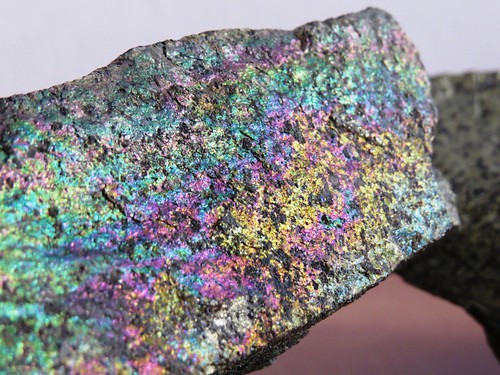
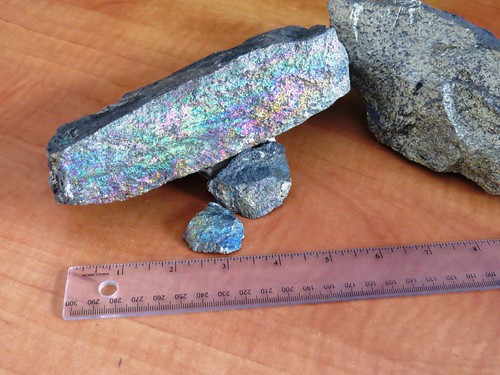
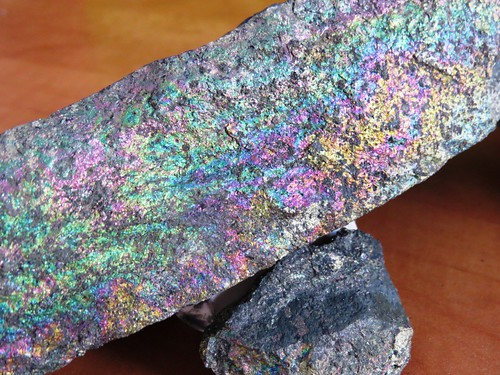
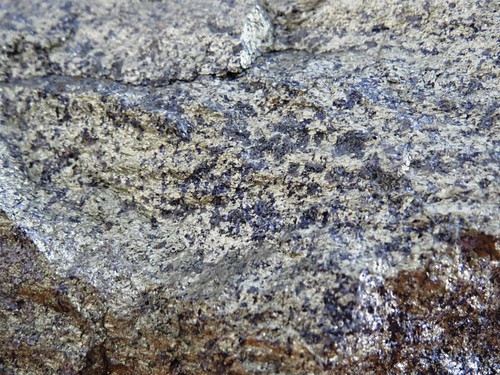
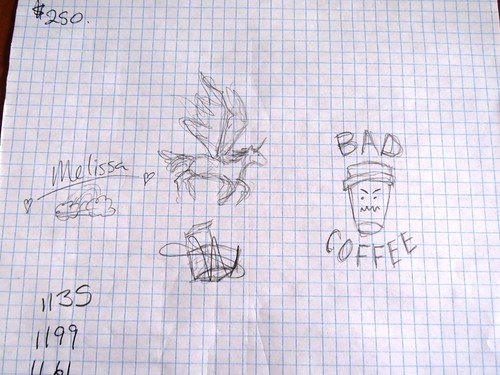
Cool! I like rocks too! When I was little (OK, I still do it) I used to pick up all the pretty ones I would find during my wanderings. It's amazing my trousers didn't fall down. And my mom wasn't too keen when she found them in the washing machine either...
ReplyDeleteSomehow our washing machine in the ladies change rooms died dramatically a while back. I have no idea how that happened.
ReplyDeleteIn a totally unrelated note, I had these gorgeously clean rock samples now decorating my locker. But those two things aren't related at all, I swear!
That is a gorgeous bornite sample, it's one of my favourite minerals! I too have been smashing rocks apart for shinies since a young age, and my Grandpa did prospecting in his spare time. I wish mailing a rock wouldn't be so darn expensive! lol
ReplyDeleteIt's funny how the signs of your future passions/professions can come out early, eh? lol
DeleteI might be able to get a sample to you, if you'd like. Might not be a very big one though...
Oooh how pretty! I don't know beans about rocks but when I'm hiking around here I keep finding curious granite (?) chunks with veins of opally things in them... Maybe I'll pester you with some of them, I want to know what they are but no idea where to start... :) Love the new blog!
ReplyDeleteOoo, I'd love it if you pestered me about those rocks anytime! Send me pictures!!
DeleteAnd thanks! It's odd, starting a new blog from fresh, but I'm enjoying the freedom of a fresh start a lot. :)
Sooo preetty! I love the chemical name for it, it looks like one of those licence plate versions of a word, but I can't quite get a word out of it - Cusfesa? Hmmm...
ReplyDeleteHeh, I've never looked at it that way! Actually, that's a lie. One of my favourite minerals is called realgar, an arsenic-sulphide. It's chemical formula? AsS. :D
DeleteLOL!!!
DeleteAhhh! Mineralogy flashbacks!! Make it stop! (so yeah, I'm a hydrolgist ;) )
ReplyDelete